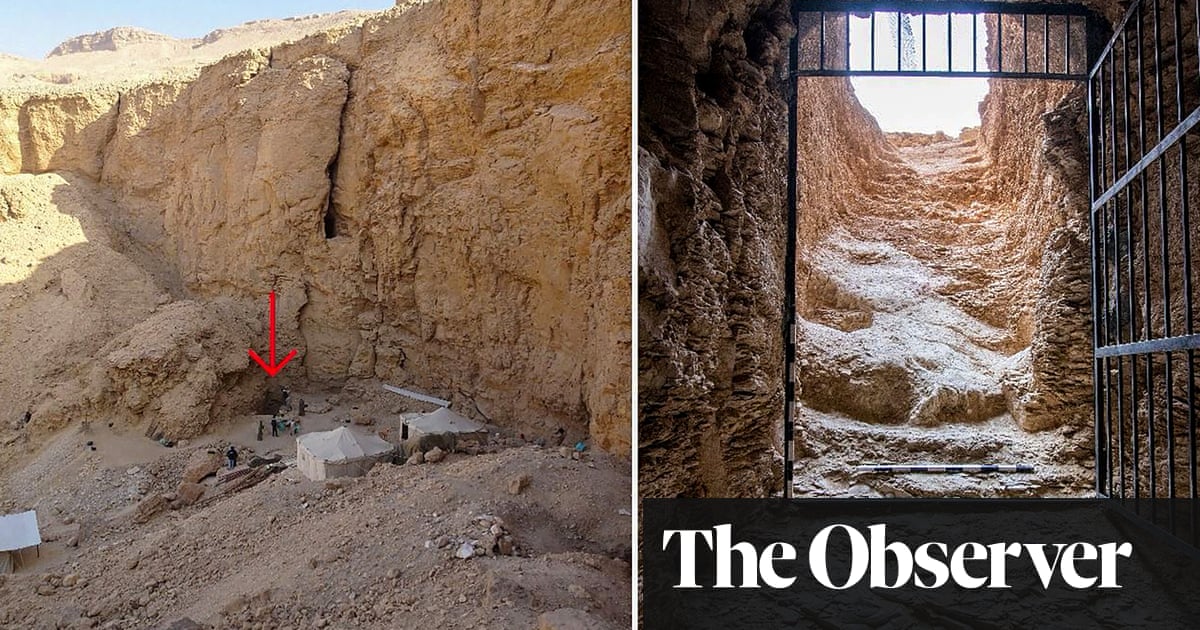South-eastern Australia will endure its first big heatwave of the season in the coming days, elevating fire risks and potentially straining the power grid in some states.
Dean Narramore, a senior Bureau of Meteorology forecaster, said day and nighttemperatures will be as much as 8-14C hotter than usual for this time of year.
“We’re going to see the heat really start increasing across South Australia [on Thursday], and then continue building there and into Tasmania, Victoria and southern New South Wales Friday and through the weekend,” Narramore said.
Adelaide is forecast to clock three consecutive days with temperatures in the mid-30s from Thursday, with Melbourne’s turn coming on Friday and Saturday. Canberra is predicted to have five days of 30C-plus days from Friday, as is western Sydney.
Some regions will bake in a low-intensity heatwave with some areas of eastern Victoria and southern NSW facing severe conditions.

Those multiple days of hot weather were “a clear sign that summer is almost here”, Narramore said.
Weatherzone senior meteorologist Ben Domensino said the “warmest burst of heat that we’ve had” so far this season will also push up power demand because dew-point temperatures will also be increasing.
“There’s a bit of moisture in the atmosphere, which will make it feel quite muggy with this hot weather,” Domensino said. “It’ll feel quite warm.”
Light winds won’t help electricity supplies, which may be stretched by early next week and could do with extra output from windfarms.
The Australian Energy Market Operator has issued alerts for Monday and Tuesday for NSW and Queensland, including a so-called lack of reserve level three (LOR3) forecast for NSW on Tuesday evening.
NSW has only had one previous LOR3 forecast since 2019, Dylan McConnell, an energy expert from the University of NSW said. Scheduled and unplanned outages, including a unit at AGL Energy’s Bayswater coal-fired power station were among the other reasons for the supply alerts.

AEMO said NSW’s gap included a transmission outage that should be reversed by early next week, helping to ensure electricity supplies in the state would be adequate. It plans to release a statement about the grid’s summer readiness next week.
Domensino said that the relative lack of wind and humid conditions in some areas helped limited the fire dangers from the coming heat.
Even so, they will still be “extreme” in parts of South Australia on Thursday and Friday, and “high” across much of Victoria on Friday and Saturday. Eastern NSW, though, should see only “moderate” ratings during coming days, aided by average to above-average rainfall totals in 2024 lifting soil and vegetable moisture levels.
after newsletter promotion
Parts of western Victoria and much of SA had seen relatively dry conditions, including areas of almost record low rainfall. “Fires could be a bit of a concern there,” Narramore said.
“We’ve probably got many more bursts of heat to come in the next … three to four months,” he said.
Domensino said that while there was some variation across weather models, the near-term heat should start to ease in eastern NSW from Wednesday on, with temperatures for Sydney at least easing back to the mid-20Cs.
Another hot air mass should then return to southern Australia by late next week and spread eastwards after that.
“There are some indications that we could see some very hot weather early to mid the following week” as summer officially starts, he said.
Longer term, models are also suggesting eastern Australia may have higher than average rainfall in December. One reason is that there are signs of early monsoonal activity developing to Australia’s north.
“If we get the heat with the moisture, it will help to counteract the fire risk a bit, and we’ll probably see more volatile thunderstorm activity,” Domensino said. “We’re keeping an eye on that monsoon development in December because it could have a pretty big impact on rain and tropical cyclone potential in early summer.”

 3 months ago
44
3 months ago
44













































